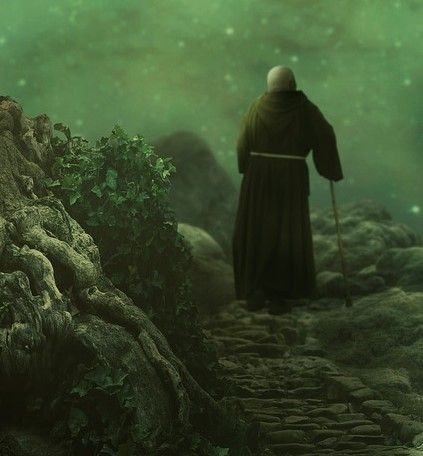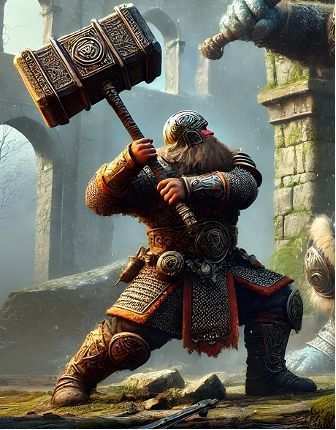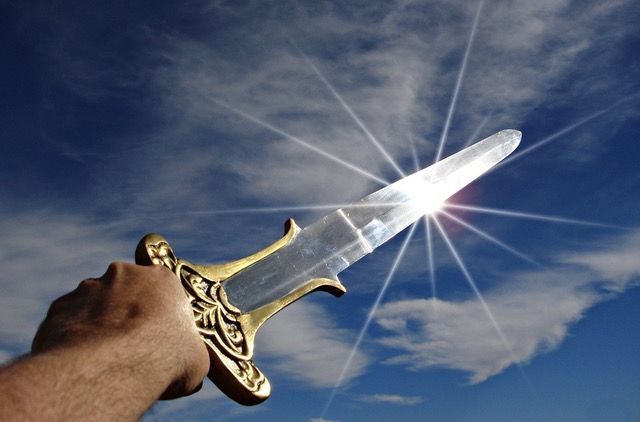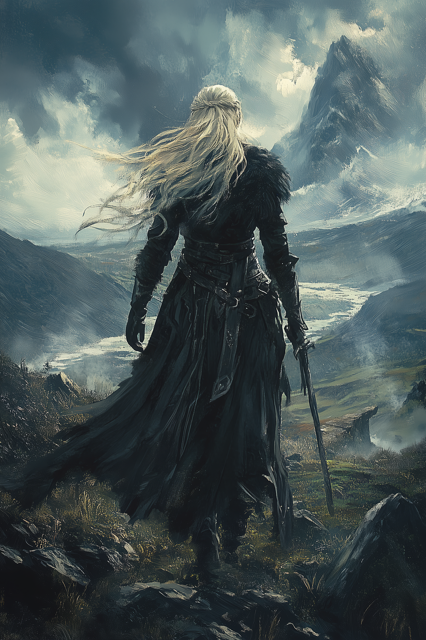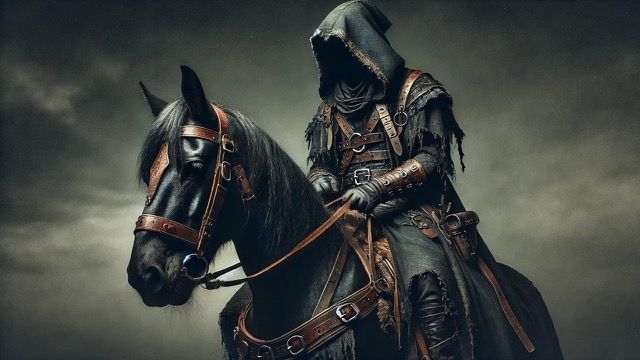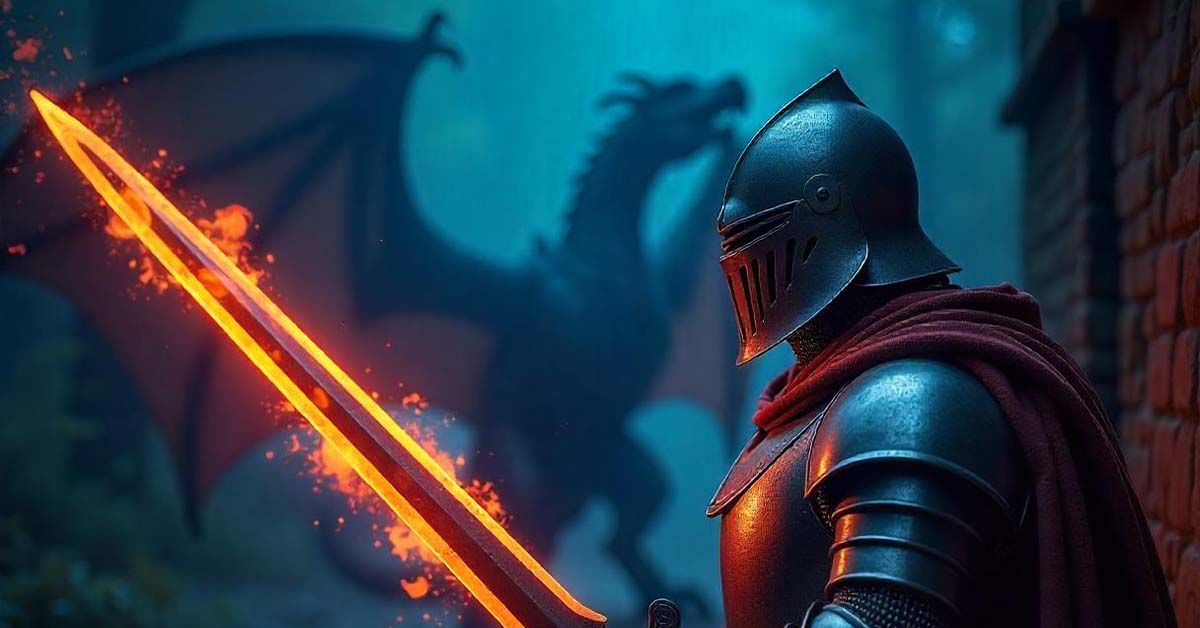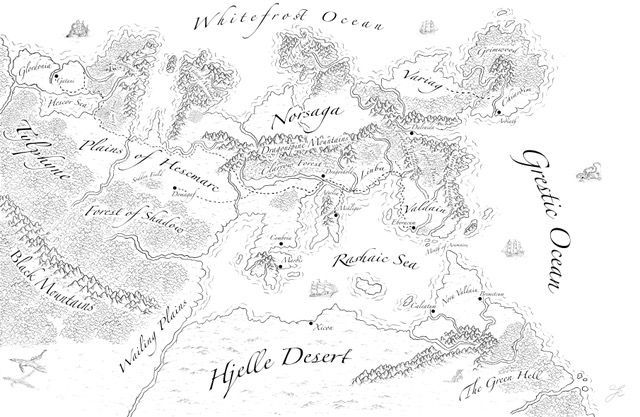The Blessed Races in Valdain
Almost all fantasy novels will include one or more races in addition to humans. Some may be allied as elves, dwarves and hobbits in Lord of the Rings, or as members of society like gnomes in the Harry Potter series. Still other races will be adversarial as goblins or trolls. Occasionally, humans may not even exist in a fantasy story.
I’ve chosen to base the Dragonshadowed series in the human dominated land of Valdain. The various kingdoms admit and recognize other humanoid races as part of their magic dominated culture. Some of these ‘races’ might be considered more monstrous than integral to society, such as ogres, trolls and giants. Even goblins are regarded as hired muscle, much as the ancient Romans considered the barbarian Celts they employed as servants and soldiers, or enslaved.
Setting my stories in human lands allows a reader to easily understand this new world. As a writer, I’m able to assume some norms familiar to the majority of people who enjoy the fantasy genre. Differences are introduced slowly, layer by layer, as the characters become familiar along with the culture, customs, and plot of the series. The first novel, Dragon Watch: A Dawn Before the Storm, starts off calmly in contrast to subsequent novels. It’s my attempt to ease a reader into an alien world in which the laws of magic have trumped the scientific laws of our own world.
So why the ‘blessed races’? Even in the world of Dragonshadowed, the term is rarely used except by educated sages, mages and priests when discussing events that span history and legend. According to the earliest, dim recounting, specific races were created and blessed by the creator and king of the gods, Elavodair, at the foundation of the world. All other races came later as a result of cosmic wars at the transition of each aeon.
There are four races, designated as the ‘blessed races,’ in the world of Valdain. Elves, humans, dwarves, and gnomes. In general terms, these four races have always allied against threats to one of more of the others. Each race possesses specific advantages and limitations, and each has a number of ‘homelands.’
Readers familiar with Lord of the Rings will recognize that the races of elves and dwarves bear similarity to the foundational works of Tolkien. However, I also add surprises in the form of traits more common to legendary sources. Gnomes are based on Celtic, Scandinavian and Teutonic legends.
Elves are regarded as the first blessed race, even though considered extinct and legendary by the folk of Valdain. Readers of the Dragonshadowed series will be aware this isn’t true, as the character of Areskel is an elf. As a race, elves are immortal unless killed by an accident, war, or a rare disease, but have an extremely low birth rate. The main elvish homeland is far to the west of Valdain, and lies on the western border of Glordonia, north of the fabled city of Domagaf. Called the ‘Elfwood’ or “Elwood’ by humans, the elvish inhabitants refer to their forest land as Telphyne. This land is surrounded by a barrier of impenetrable fog and mists, as the elvish people have suffered grievous losses from wars and become xenophobic. Other elvish kingdoms do exist. Areskel mentions the kingdom of the winged elves on the southern continent, and the elvish kingdom of the far west. Humans may meet elves away from their homeland, but these incidents are considered as rare as encountering a unicorn or other legendary creature.
Humans are considered the second of the blessed races. Their civilizations dominate the northern continent and much of the north coast of the southern continent. Humans have the advantage of the highest birth rate and a near infinite variety of talents. You can read more about humans in a fantasy environment in all of the Dragonshadowed novels.
Dwarves make up the third of the blessed races. There are a reclusive race that inhabitants nine underground kingdoms carved from mountain stone in search of metal and gems. They are longer lived than humans and resist great heat. Most are taciturn and reclusive, but not as xenophobic as elves. Many dwarves venture into the upper world to trade and obtain goods unavailable in their sunless halls. The dwarvish character of Dairug is an adventurous diplomat and metalsmith. I’ll be writing more about dwarves and their culture in a future novel when Dairug visits one of their mountain communities.
The last of the blessed races are gnomes. Smaller than dwarves, these clever folk inhabit homes beneath the earth in hills and forests and are adept at hiding. However, many gnomes have integrated their communities with humans. Gnomish crafted goods and jewelry are highly prized. The gnomes profit from human foodstuffs in turn, for which they are either too small or vulnerable to farm for themselves.
I intend to provide additional information regarding each of the non-human races in future blogs. In the meantime, if you’re curious, please consider an inexpensive purchase of any of my books. Thank you!

